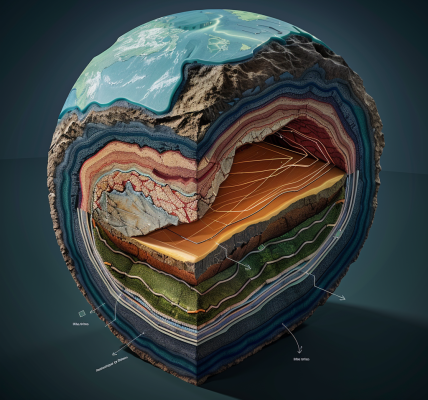Recent research conducted by scientists at the University of Oxford has brought to light an intriguing revelation about our solar system. Contrary to popular belief, it appears that the ice giants Uranus and Neptune share a similar duck-egg blue hue, with Neptune only slightly deeper in color.
For decades, the prevailing notion was that Neptune exhibited a distinctly deep blue shade compared to Uranus. However, the latest study led by Prof Patrick Irwin challenges this perception, presenting evidence that both planets possess a comparable pale blue tint.
The coloration of these celestial bodies is attributed to the abundance of methane in their atmospheres, a gas known to absorb green and red light. Previous research had suggested that Neptune appeared bluer due to greater transparency in one of its atmospheric aerosol layers.
Interestingly, the misconception regarding the planets’ true colors can be traced back to images captured by the Nasa Voyager 2 spacecraft during its flybys in the 1980s. These images, which were later enhanced to accentuate faint features, inadvertently led to a misinterpretation of the planets’ actual hues.
Prof Irwin emphasized, ‘Although these images were released with disclaimers indicating enhancement, over time, these captions became detached from the images, perpetuating the enduring misunderstanding of the relative colors of these two planets.’
The team’s latest true color images of Uranus and Neptune have now debunked the long-standing misconception, shedding light on the striking similarity in their appearance.





